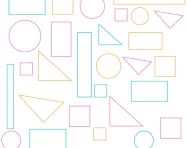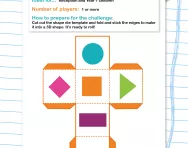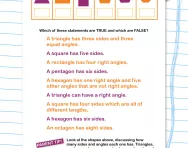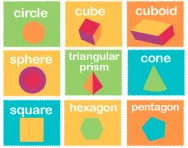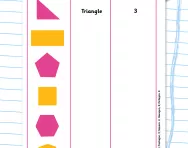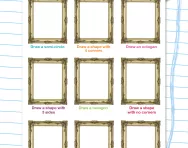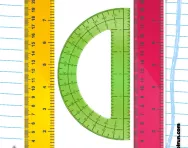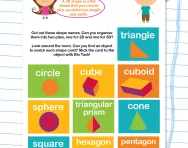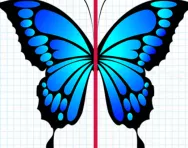Important update from TheSchoolRun
For the past 13 years, TheSchoolRun has been run by a small team of mums working from home, dedicated to providing quality educational resources to primary school parents. Unfortunately, rising supplier costs and falling revenue have made it impossible for us to continue operating, and we’ve had to make the difficult decision to close. The good news: We’ve arranged for another educational provider to take over many of our resources. These will be hosted on a new portal, where the content will be updated and expanded to support your child’s learning.
What this means for subscribers:
- Your subscription is still active, and for now, you can keep using the website as normal — just log in with your usual details to access all our articles and resources*.
- In a few months, all resources will move to the new portal. You’ll continue to have access there until your subscription ends. We’ll send you full details nearer the time.
- As a thank you for your support, we’ll also be sending you 16 primary school eBooks (worth £108.84) to download and keep.
A few changes to be aware of:
- The Learning Journey weekly email has ended, but your child’s plan will still be updated on your dashboard each Monday. Just log in to see the recommended worksheets.
- The 11+ weekly emails have now ended. We sent you all the remaining emails in the series at the end of March — please check your inbox (and spam folder) if you haven’t seen them. You can also follow the full programme here: 11+ Learning Journey.
If you have any questions, please contact us at [email protected]. Thank you for being part of our journey it’s been a privilege to support your family’s learning.
*If you need to reset your password, it will still work as usual. Please check your spam folder if the reset email doesn’t appear in your inbox.
Help your child learn about shapes
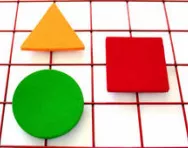
Shapes are a key part of children’s numeracy curriculum right the way from Early Years Foundation Stage to Key Stage 3. As your child develops, their understanding of shapes will diversify and become more sophisticated.
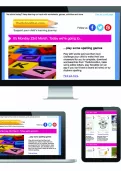
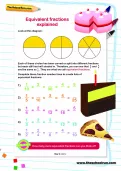
Boost your child's maths & English skills!
- Follow a weekly programme
- Maths & English resources
- Keeps your child's learning on track
In EYFS and Key Stage 1 children begin to experience shapes in all their different forms. As they grow, they start to talk about and compare these familiar shapes and understand how they are used. They also begin to encounter more unusual shapes. Not only does this learning help with mathematical understanding, but it also supports their reading and writing as it helps them interpret signs and symbols.
Children are expected to learn the names of all the main 2D and 3D shapes.
As children reach Key Stage 2, they will develop knowledge about 2D and 3D shapes and their properties, as well as being introduced to movement and angles. Their learning about shapes becomes more advanced as they develop their learning of geometry, really exploring points, lines and planes and the shapes that they can make, with 3D shapes being a part of this.
Try these activities to support your child’s learning about shapes through the different Key Stages.
Shapes in Early Years Foundation Stage
- Identify different shapes around the house with your child, for example showing them that a window is square or that a football is round.
- Encourage your child to match shapes together.
Key Stage 1 shapes activities
- Put a collection of differently-shaped objects in a bag and take turns to pick one and describe it. The other person will need to guess what it is without looking at it.
- Use playdough to create all sorts of different shapes. Try matching shapes you make with objects around the house.
Geometry in KS2
- Play shadow drawing. Take it in turns to find the shadow of an object in the house and trace the outline of it on paper for the rest of the family to guess what it is.
- Encourage your child to go on a shape hunt, finding a variety of shapes around the house which they can replicate to make a collage or mosaic. Prompt them to think about concepts like tessellation and pattern.
- Using squared paper or card, encourage your child to consider how 3D shapes are constructed – what measurements they need, how many sides they need to have, etc. Your child could then try making their own using a net, starting with a cube and then trying a pyramid or other shapes.
- Encourage your child to create a model. It can be of anything, but they must use rulers and protractors to measure out accurate angles and shapes.
